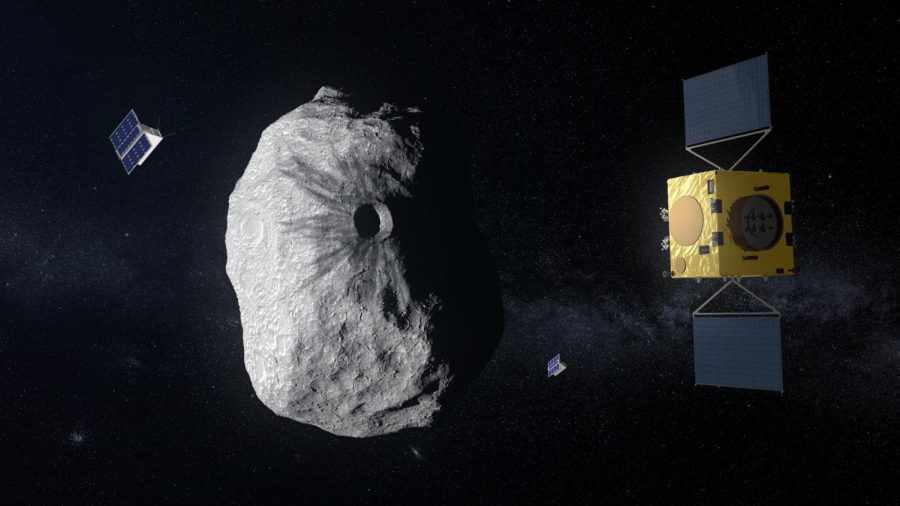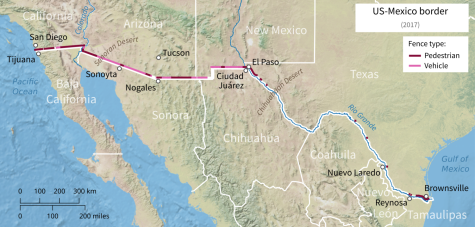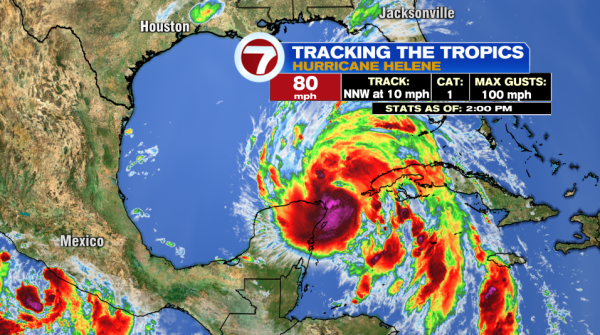NASA sends a landmark spacecraft to slam into an asteroid
NASA’s goal is to push an asteroid out of orbit using the Double Asteroid Redirection Test (DART), causing the asteroid to leave its current trajectory.
Although the threat of an asteroid colliding into the Earth may not currently be the greatest worry in the public consciousness, NASA seems to be a few steps ahead of the game.
They have just launched a multi-million dollar spacecraft called the Double Asteroid Redirection Test, or DART, towards an asteroid. This particular asteroid does not pose a threat to Earth; however, it is a perfect candidate to test our capability of changing a large asteroid’s trajectory.
Andy Rivkin, a planetary scientist at the Johns Hopkins University Applied Physics Laboratory that built the spacecraft, says “the odds of something large enough to be a problem, that we would have to deflect, are pretty slim in our lifetimes.”
Of course, small asteroids and meteorites hit the Earth all the time, but most of them either fall as significantly smaller meteorites or they disintegrate in the Earth’s atmosphere. However, there are more than 27,000 asteroids with trajectories close to Earth, and scientists are worried that one of them could cause a mass extinction event for humans.
NASA essentially wants to create an insurance policy long before there is any true threat of a deadly asteroid hurtling towards our planet. In this test, that insurance policy is the DART spacecraft. It was launched on November 23, 2021 from the Vandenberg Space Force Base in California, and is expected to strike the targeted asteroid in either late September or October of this year.
The asteroid it is targeting is called Dimorphos, which is one of a pair of asteroids that travel through space together. Dimorphos orbits Didymos, an asteroid five times larger than Dimorphos. NASA’s goal is to push Dimorphos out of orbit using DART, causing the asteroid to circle around Didymos at least 73 seconds faster than before. Hopefully, this push will be enough to deter the asteroid from Earth.
The LICIACube spacecraft, created by the Italian Space Agency, will photograph DART’s impact for viewing and studying. This mission could determine the longevity of the human race in the far future, and NASA is ready for the challenge.










